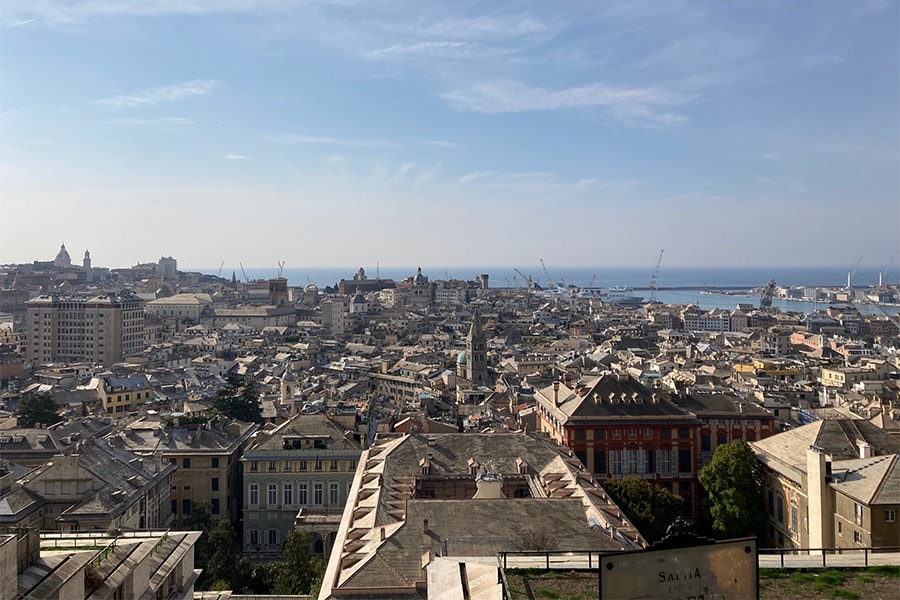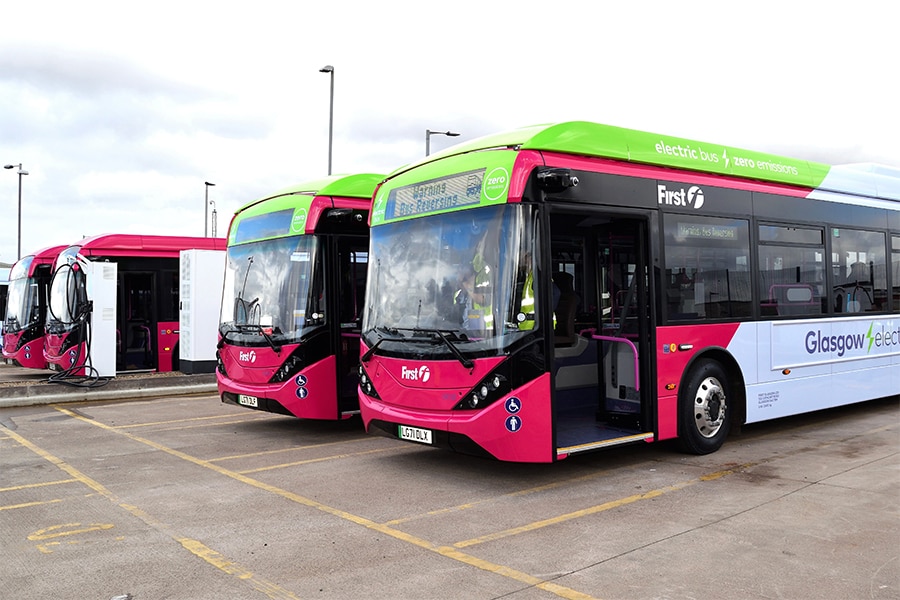The future of mobility: Hitachi develops an app that enables "Handsfree travel” for an entire city
Feb. 16, 2023
Urara Nagaoka
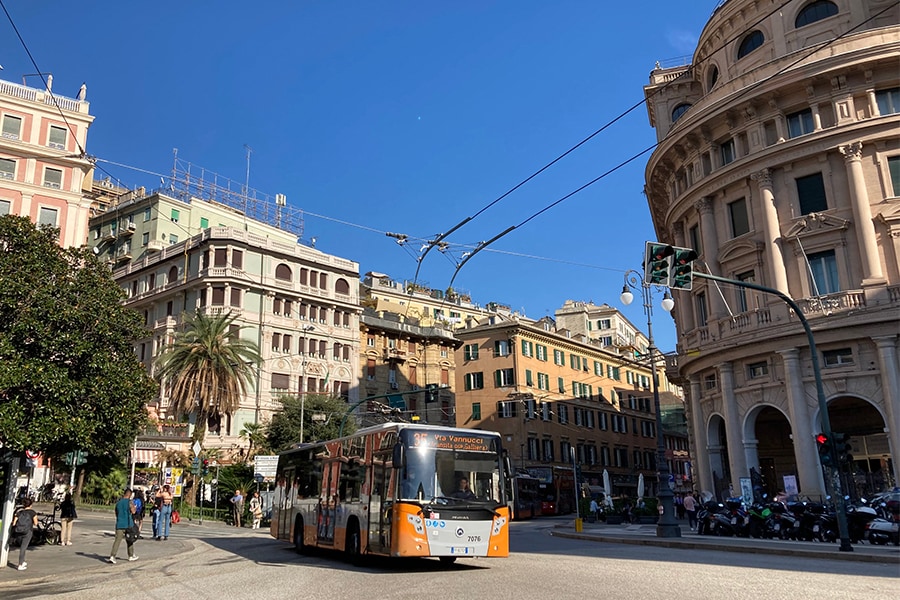
Have you ever experienced the hassle of purchasing multiple tickets or using multiple apps when using different modes of transportation? An app that eliminates these hassles was developed, and a proof-of-concept testing was conducted in the city of Genoa, Italy.
Hitachi Rail developed a smartphone application called "GoGoGe," which allows users to literally go "hands-free" on transportation services such as subways, buses, and rental cars. We interviewed project members to find out how the app, which is now gaining attention across Europe, was developed.
An app with myriad features
The GoGoGe smartphone app was jointly developed by Hitachi Rail and Azienda Mobilità e Trasporti (AMT), which operates public transport services in Genoa. It allows users to use the subway, buses, funiculars, lifts, car sharing, and other modes of transportation with just a single app.
The most distinctive feature of this app is that it can be used "handsfree." You simply have to turn on the Bluetooth on your smartphones, start the app, and tap the "Activate Ticket" button. There is no need to operate the app as long as you keep the phone in your pocket or bag. The app also has a feature to display the congestion level of a subway or bus, so users can check beforehand if there are many people on the next ride and avoid congestion.
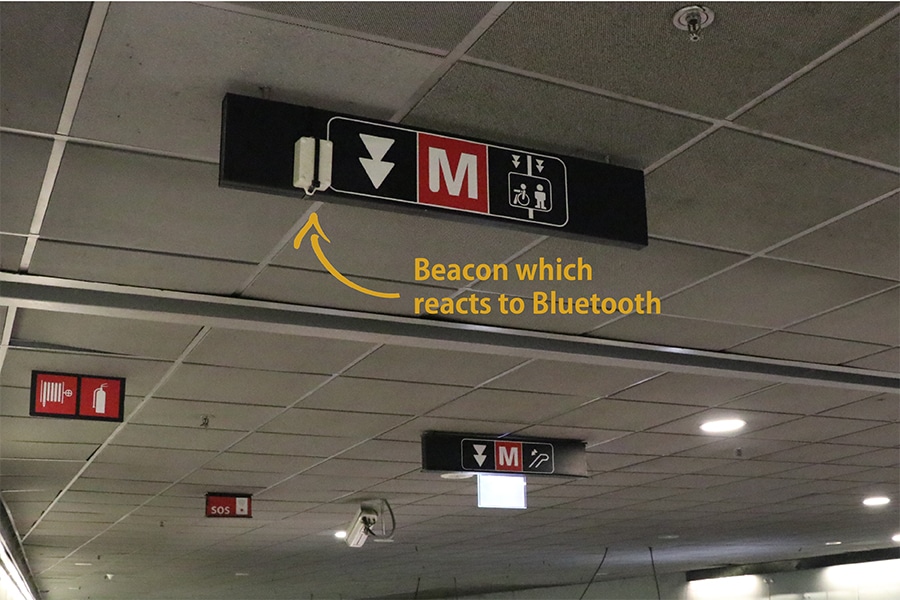
GoGoGe also offers a unique fare payment method: fares used on the same day will be billed all at once the next morning. The amount of fare is calculated based on the data of the travel route, and the cheapest fare available will be applied. For example, if you used the subway multiple times during the day, the price of a set of single-tickets and a "one-day pass" will be automatically compared, and the less-expensive one will be selected.
This service is made possible by more than 7,000 Bluetooth sensors called "beacons" installed inside subway stations, bus stops, and trains. The white, box-shaped beacon is only about 10 cm2 in size, enabling quick and easy installation. When a user passes nearby, data such as the date, time, route, and vehicle used at that time is recorded onto the app. As this system does not require any physical ticket vending machines or entrance gates, it can be installed in any environment at a significantly low cost.
How COVID-19 triggered the project
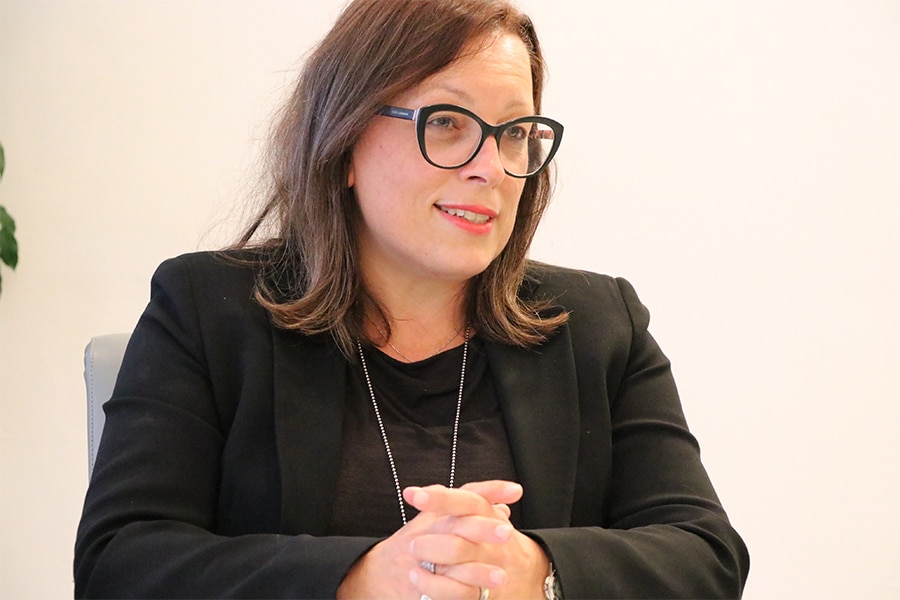
The development of GoGoGe began in 2021, when COVID-19 was still spreading across the world. In Europe, the number of people using trains, buses, and other forms of public transportation plummeted, as people were trying to avoid physical contact with others. Barbara Ferrari, from Hitachi Rail STS, and who has overseen sales for this project, recalls the situation at the time:
"As the number of COVID-19 cases increased, passengers on train and bus also decreased day by day, causing great damage on the railroad company's business situation across Europe. It was at that time when a representative from AMT contacted us and asked us to devise a solution that would make users want to use public transportation once again."
In response, Hitachi Rail proposed a technology to visualize vehicle congestion so that users could ride with peace of mind, even in the midst of the pandemic. However, this alone was not enough to get users who had stopped using public transport and shifted to driving privately owned cars to come back. After repeated discussions with AMT, the project team came up with the concept of making all means of transportation available on a single smartphone app.
Challenges throughout the development
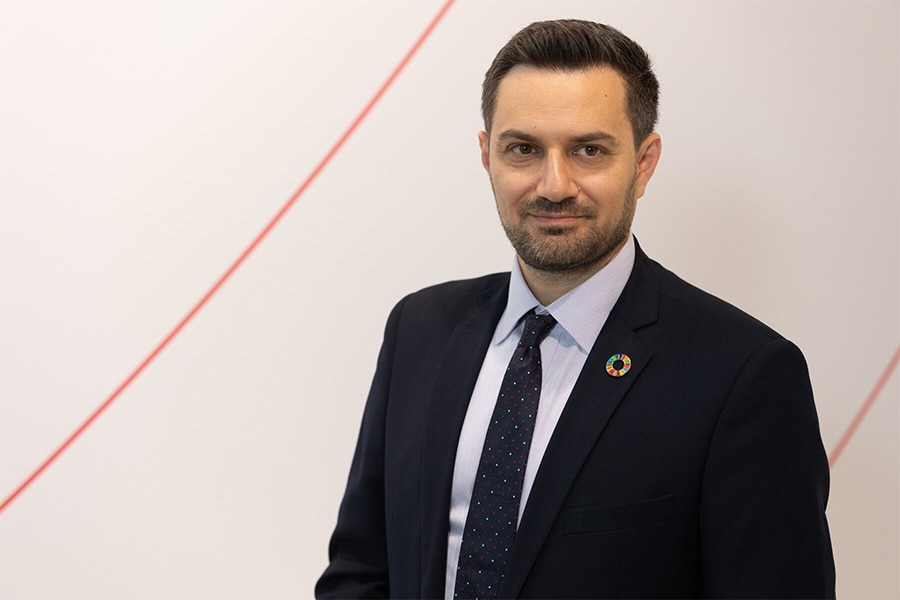
This was how the development of the application began, however, the road to this point was not an easy one. Alessandro de Grazia, from Hitachi Rail and who has led the project, talks about the difficulties that were encountered during the development process.
"We had a hard time installing beacons throughout the city to ensure sufficient sensitivity. During the nighttime, after the city went to sleep, on many occasions we repeated experiments at numerous stations and bus terminals, and it took us many months to decide all the installation locations."
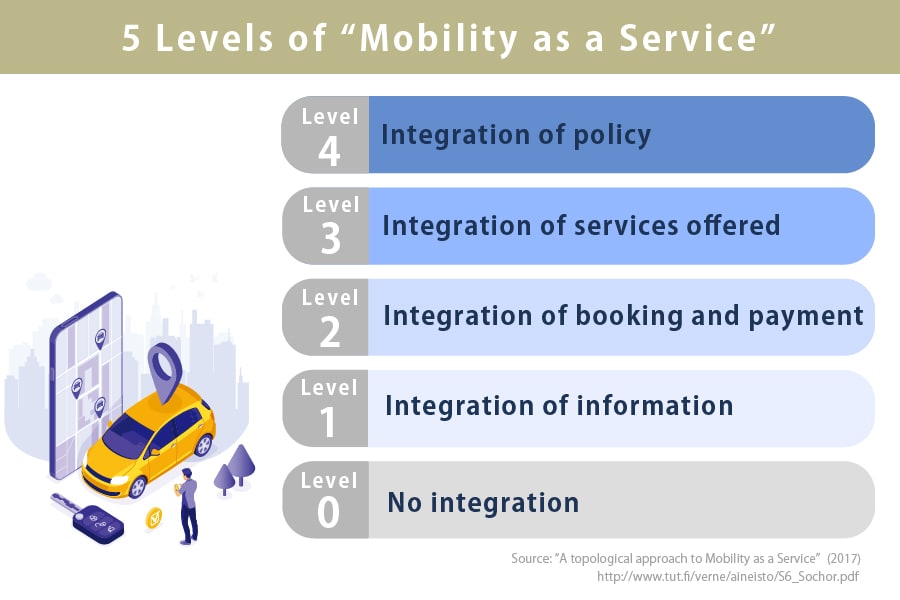
Furthermore, because of the wide range of parties involved in this project, from Hitachi and AMT to the municipality of Genoa and other private companies, it was difficult to reach an agreement on what features to include in the app. Mobility service that takes advantage of digital technologies like GoGoGe is generally referred to as “mobility as a service (MaaS)” and is often classified into five levels, depending on the stage of service coordination and data integration. In the case of GoGoGe, there was a difference of opinion among the parties involved as to which level to aim for.
Alessandro says, “In the beginning, the aim was for GoGoGe to achieve Level 2 of MaaS, but some stakeholders asked for Level 1, so it was difficult to get all parties on the same page, and hence it took a long time to get agreement and finalize the contract.”
Receiving positive feedback from users
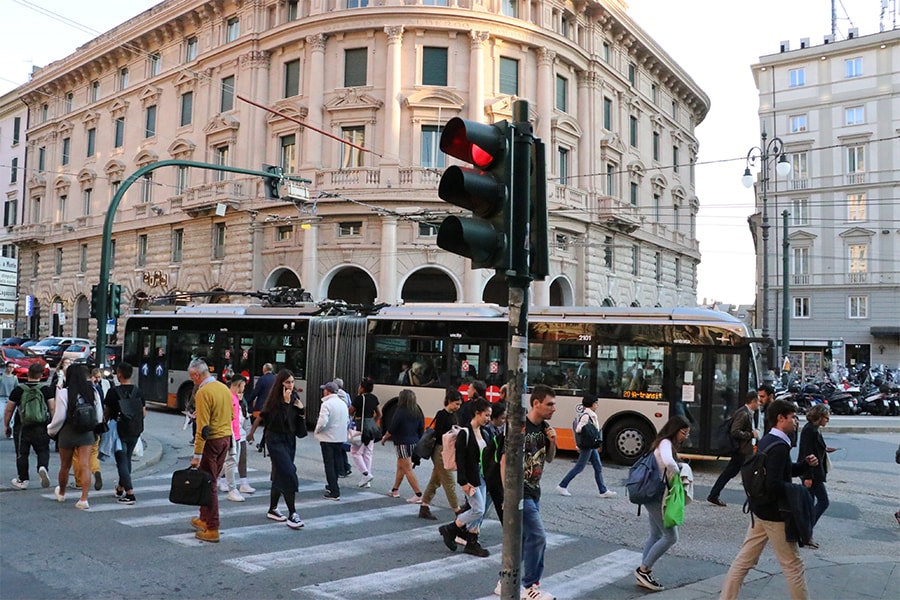
After overcoming these difficulties, the app has finally come into shape, and since March 2022, proof-of-concept (PoC) testing is being conducted in the entire city of Genoa with an eye toward official deployment of the app. There, it was confirmed that the beacons installed throughout the city were working perfectly fine and that users' movement data was accurately recorded onto the app and the cloud management system behind it.
Those who have participated in the PoC testing have given comments such as "I was able to see in advance how crowded the vehicles are, so I could use public transport with peace of mind," and "I was encouraged to stop by places I’ve never visited before, since I could move around the city so easily."
Based on the results obtained from the PoC testing, the city of Genoa is now determining the possibility of making the app available to the general public. In the future, there is rising hope that the users’ movement data accumulated in the cloud will be used to revise timetables and for disaster countermeasures. Furthermore, the app promotes the use of trains and electric vehicles (EVs) that do not emit CO2, so "we can contribute to accelerating decarbonization," says Barbara.
“In the future, we would like to develop new features in response to customer requests, such as visualizing how much CO2 emission was reduced by each user through the usage of public transport. We hope to help protect the global environment by implementing this app, and encouraging users to select environmental-friendly means of transportation for themselves."
With the GoGoGe app being considered for introduction to various countries and regions, its expectations are rising toward making people's mobility more convenient and enjoyable.
